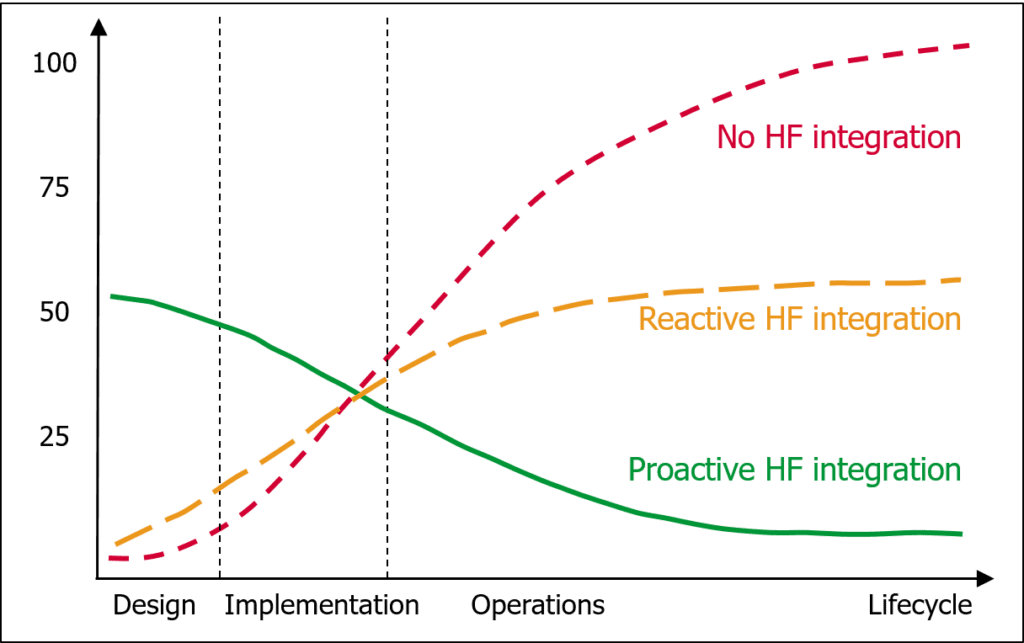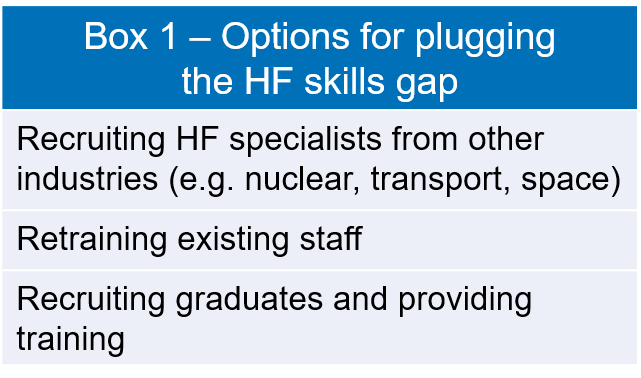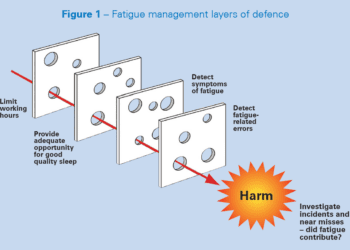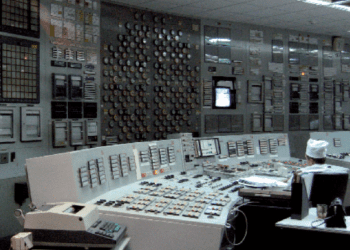Human factors engineering in the oil and gas sector
INTRODUCTION
Twenty six years ago, the Piper Alpha disaster served as a ‘wake up’ call to the offshore oil and gas sector. Serious failings in the safety management system led to a condensate pump being started in error without overpressure protection (which was blanked temporarily for maintenance), directly causing the subsequent explosion.
Whilst progress has undoubtedly been made in recognising the role of Human Factors (HF) in the intervening years, recent incidents such as Deepwater Horizon demonstrate that there is still work to be done.
The discipline of Human Factors Engineering (HFE) entails the application of HF knowledge and principles to the design and operation of socio-technical systems. The objective of HFE is to “ensure systems are designed in a way that optimises the human contribution to production and minimises potential for design-induced risks to health, personnel or process safety or environmental performance” (Ref. 1).
BENEFITS OF HFE
There is increasingly a need to ensure consideration of HFE in order to meet regulatory requirements. For example, for the UK North Sea, the HSE’s Assessment Principles for Offshore Safety Cases (Ref. 2) make specific reference to the need to take account of HF to manage major accident hazards, whilst in the Norwegian Sector the NORSOK Standard on ‘Working Environment’ (Ref. 3) includes detailed requirements for HFE.
In addition to reducing the risk of major accidents, application of HFE is essential for minimising occupational safety risks and ensuring the health and wellbeing of the offshore workforce, which in turn reduces downtime. Application of HFE principles can also improve operational efficiency and maintainability, for example by streamlining tasks, optimising workloads and ergonomic design. With the huge costs associated with even short interruptions to operations, this alone should be a major driver for consideration of HFE.

Cost of detecting and resolving HF issues
AN INTEGRATED APPROACH
Despite the obvious and numerous benefits of applying HFE, to date the discipline has still not been given the recognition and level of commitment it requires within the sector.
Too often, HFE support is requested too late in response to an identified problem, incident or regulatory pressure.
The solution and key message is to ensure that HFE is an integrated part of the project lifecycle, from concept design to operations. As such, HF involvement may be warranted in a range of activities, including screening of skid package designs, valve criticality analysis and 3D model reviews.
This is underlined by the International Association of Oil & Gas Producers (OGP), which has recognised the lack of HFE input within the industry and has issued guidance on recommended good practice in applying HFE in projects (Ref. 1).
SKILLS SHORTAGE
A number of major oil and gas companies have developed or are developing standards for HFE integration, and this practice needs to become more widespread. One of the key factors governing the successful update of HFE is the need to appoint a suitably qualified person to lead the HFE integration process.
This is one of the main challenges for industry, as there are simply not enough experienced HF engineers currently working in the sector (see Box 1).

CONCLUSION
There is a general consensus in the oil and gas sector that HFE can make a significant contribution to reducing and controlling major accident and occupational safety risks, as well as improving operational efficiency; but this can only happen if there are enough skilled human factors engineers. The industry therefore needs to look both inwards (via training) and to other sectors to address this gap.
References
1. Human Factors Engineering in Projects, OGP (Association of Oil and Gas Producers), Report No. 454, 2011.
2. Assessment Principles for Offshore Safety Cases (APOSC), HSE, 2006.
3. NORSOK Standard S-002 – Working Environment, Rev. 4, 2004.
This article first appeared in RISKworld issue 25








